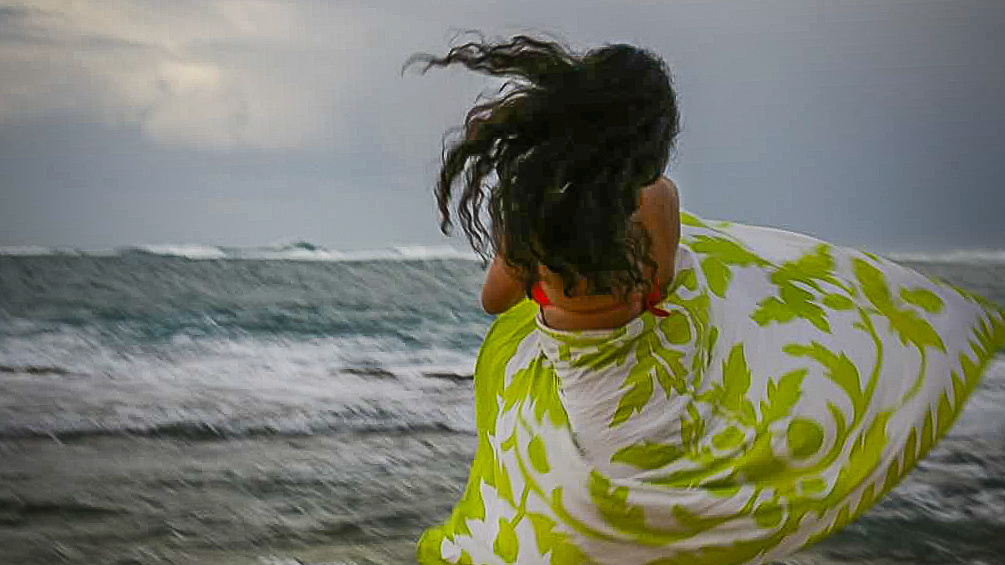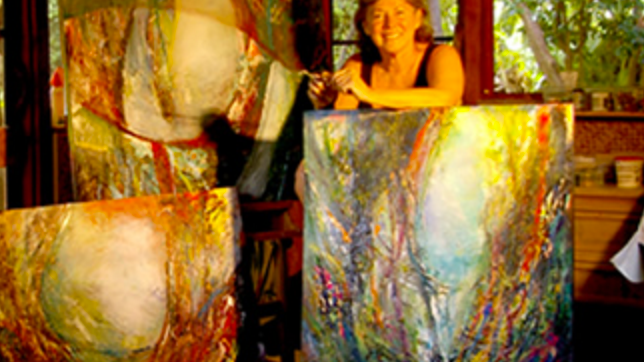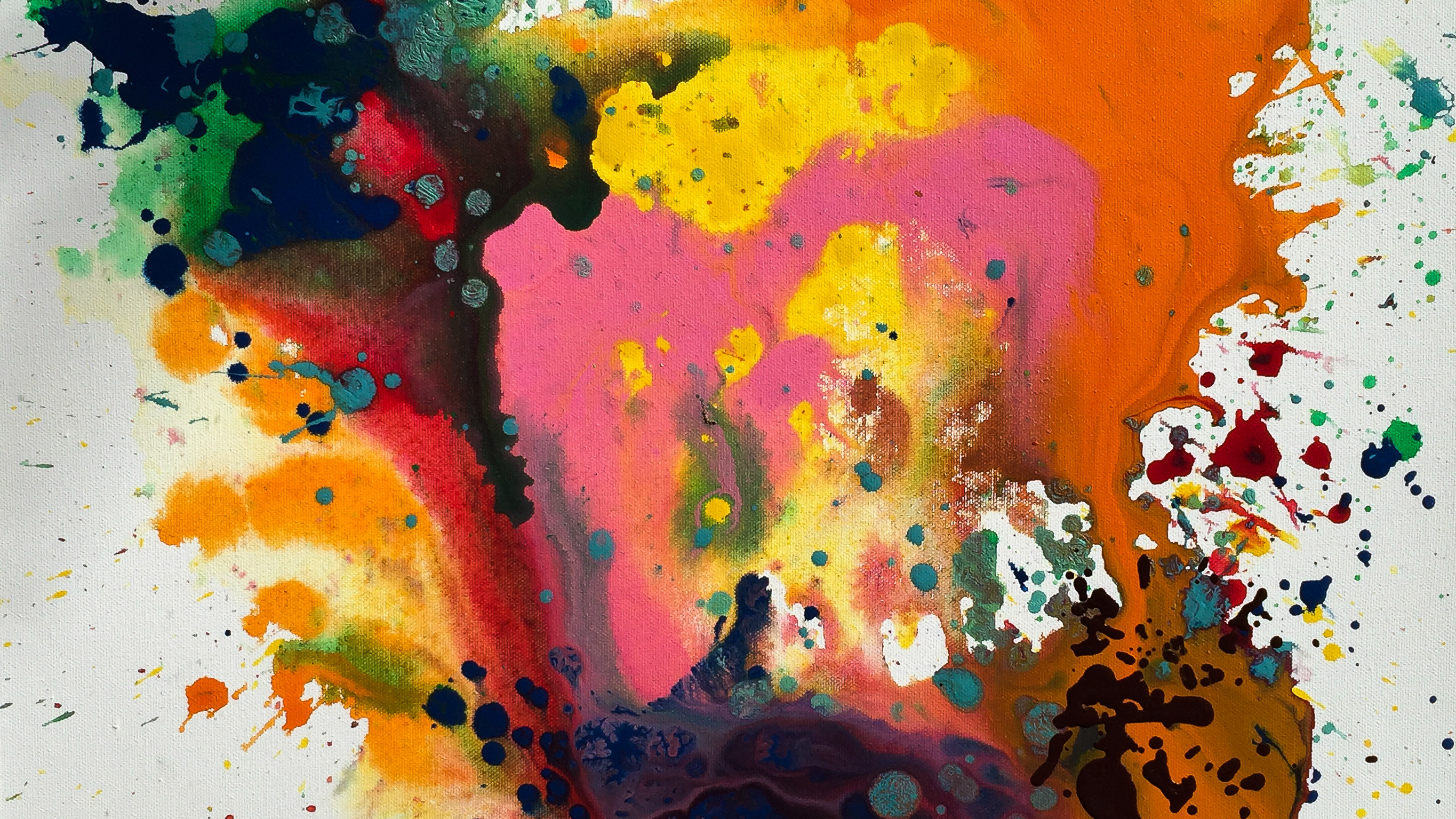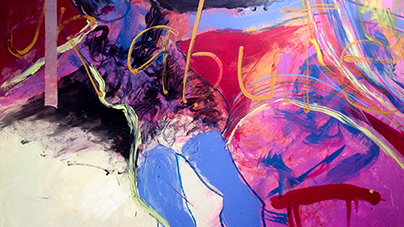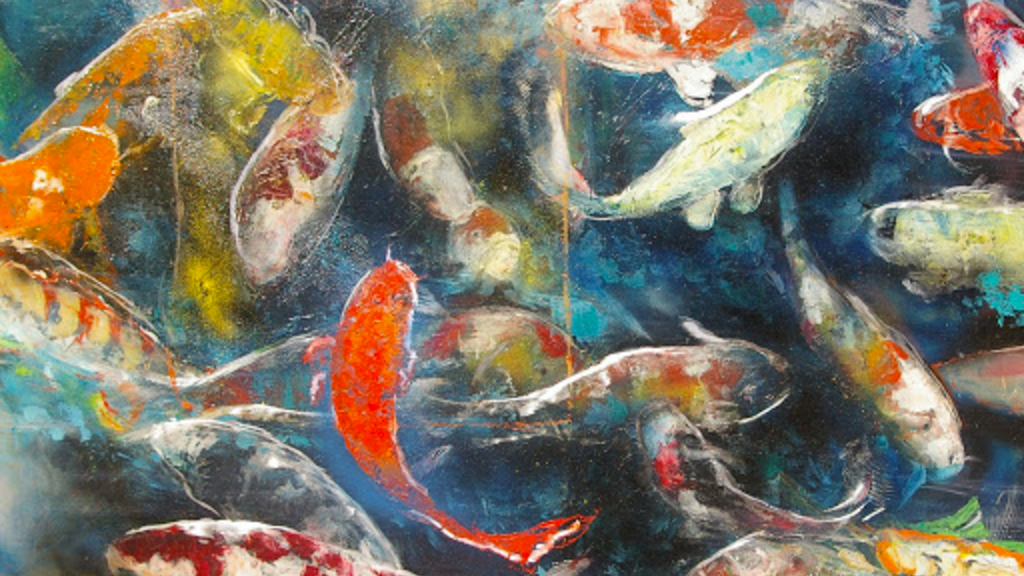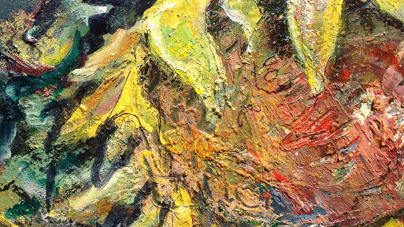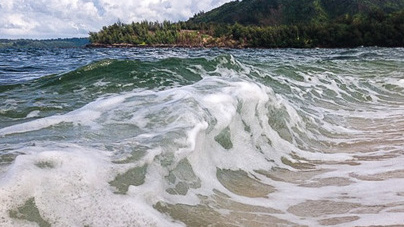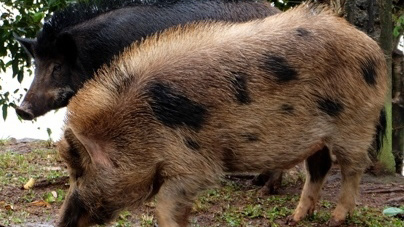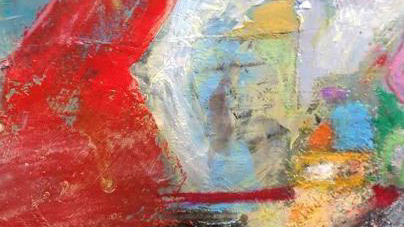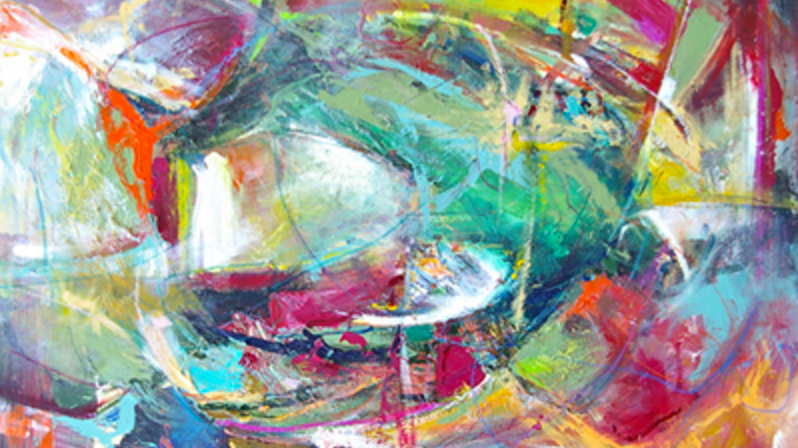I pray for the sun as I live in the Wainiha Valley about one mile from the wettest spot in the world, Mt. Waialeale whose name literally means "rippling water" or "overflowing water."
It rains here a lot but the sun does shine however the mist view is spectacular. My studio is surrounded by screened windows. I paint on a Lani or porch. To photograph my art, I take it in the sun. But today, I am finally going to buy a light kit.So my first question was what lights to use. For years, I had a company called Video Works and used various types of lights but it seems tho sunshine is the best sometimes you need a light kit.
So let's talk Light.
"We think of sunlight as yellow because we think the sun is yellow. But it isn't. The light it shines is blue because our sun which is really a star burns blue hot (about 6,000 kelvin.) Kelvin is usually expressed as a number in hundreds or thousands. We usually do not notice the color of sunlight because it is the light we expect. Our brains automatically adjust for the differences from one light source color to another, but film and digital cameras do not.
I want to show my art in the best light and capture the real colors. The purpose of color balance is to render the same colors under a variety of light sources, so what you are photographing looks very nearly the same whether the object was photographed in Daylight, under tungsten or fluorescent or other lamps. As usual, perfection is unlikely, but it is possible to get the colors under differing illumination, to render almost the same.
If you use light other than the mid-day (approximately 10 am till 4 pm) sun, accurately rendered colors are less likely. Early morning, late afternoon and evening sunlight appears redder, and as lovely and "romantic" as that can look, it is not much good for photographing art.
Under midday direct sunlight, colors are easy. Most film and nearly all digital cameras (unless set otherwise) expect and assume sunlight. If you use any other color of light, getting accurate colors is guesswork. Anything but sunlight tends to be confusing to both users and cameras/film, although much can be done to "balance" the colors." Read this great article that explains more here.
View off my Lani looking up the Wainiha Valley

